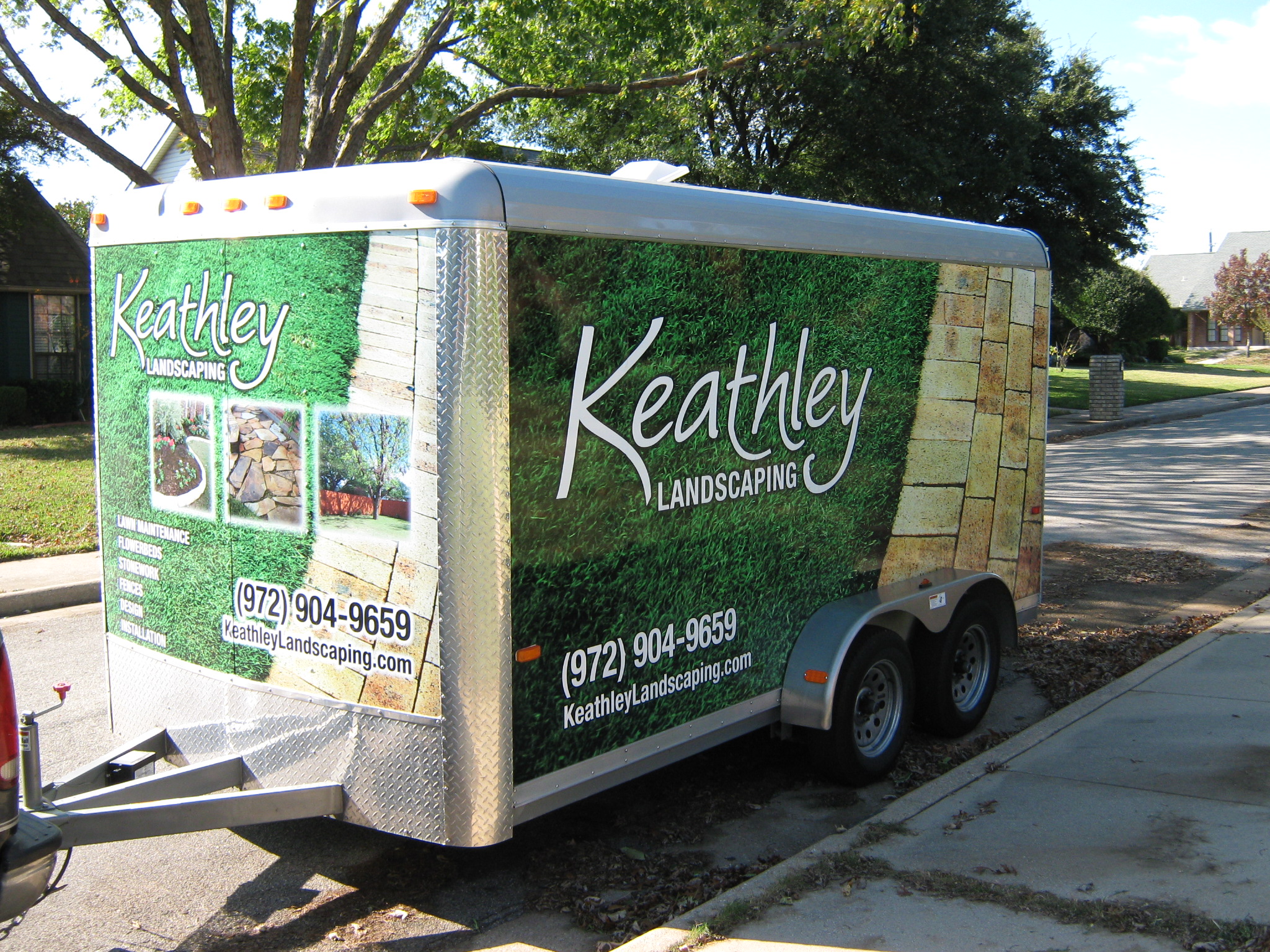Yard Drainage Solutions for Cold Climates
Managing yard drainage in cold climates can be a challenging task. With freezing temperatures, snow accumulation, and the thawing cycle, homeowners often face drainage issues that can impact the structural integrity of their homes and the health of their landscapes. In this blog post, we will explore effective and sustainable yard drainage solutions tailored for cold climates. Whether you’re dealing with pooling water or ice buildup, these strategies will help you maintain a safe and functional outdoor space.
Understanding Drainage Challenges in Cold Climates
In cold climates, drainage issues are often exacerbated by extreme weather conditions. The freeze-thaw cycle can lead to soil heaving, which disrupts normal water flow and causes water to pool in unwanted areas. Additionally, snowmelt can overwhelm drainage systems, leading to waterlogged soil and potential flooding. According to the National Snow and Ice Data Center, snow cover can increase water volume by as much as 10 percent when it melts, creating additional challenges for effective drainage management.
The Impact of Poor Drainage
Poor drainage can have several negative impacts, including foundation damage, basement flooding, and landscape deterioration. In regions with harsh winters, these problems can be compounded by the freezing and thawing of water, which expands and contracts, causing cracks and other structural damage. A report by the EPA suggests that effective drainage systems can prevent up to 90% of these issues.
Drainage Solutions for Cold Climates
1. Install French Drains
French drains are a popular solution for managing water flow in cold climates. These systems consist of a trench filled with gravel and a perforated pipe that redirects water away from problem areas. The gravel and pipe allow water to flow even when the ground is frozen, minimizing the impact of the freeze-thaw cycle. To install a French drain, dig a trench sloping away from your home, place a perforated pipe at the bottom, and cover it with gravel. Ensure that the drain has a proper outlet that leads to a safe discharge area.
2. Use Dry Wells
Dry wells are underground structures that collect and slowly release water into the surrounding soil. They are particularly effective in areas where surface drainage is insufficient. To create a dry well, dig a large hole and fill it with gravel or a pre-manufactured dry well unit. This solution is ideal for handling excess snowmelt, as it prevents water from pooling on the surface and reduces the risk of ice formation.
3. Build Swales
Swales are shallow, vegetated channels designed to manage water flow across a landscape. They are particularly useful for redirecting water away from structures and preventing erosion. In cold climates, swales can be enhanced with native plants that tolerate freezing temperatures, providing both aesthetic and functional benefits. By incorporating swales into your landscape design, you can effectively manage runoff and reduce the risk of water-related damage.
4. Utilize Rain Barrels and Cisterns
Rain barrels and cisterns offer a practical solution for capturing and storing runoff from roofs and other surfaces. In cold climates, it is essential to choose systems that are designed to withstand freezing temperatures. These storage solutions not only help manage drainage but also provide a sustainable source of water for landscaping needs during warmer months.
5. Maintain Gutters and Downspouts
Regular maintenance of gutters and downspouts is crucial in preventing drainage issues. Ensure that gutters are clear of debris and ice to allow proper water flow. Downspouts should extend at least six feet away from your home to direct water safely away from the foundation. Consider installing gutter guards and heat cables to reduce ice buildup and improve efficiency.
Implementing Effective Yard Drainage Strategies
Plan for Snowmelt
When designing your drainage system, consider the impact of snowmelt on water flow. Position drains and outlets to accommodate the increased volume of water during the thawing season. According to the American Society of Civil Engineers, snowmelt can account for up to 30% of annual runoff in cold climates, making it a critical factor in drainage planning.
Choose Cold-Resistant Materials
Select materials for your drainage solutions that can withstand freezing and thawing cycles. For example, opt for pipes made from high-density polyethylene (HDPE) or similar materials that are less prone to cracking in cold temperatures. Additionally, use gravel with larger particle sizes to maintain drainage even when the ground is frozen.
Incorporate Permeable Surfaces
Permeable surfaces, such as porous pavers and gravel paths, allow water to infiltrate the ground naturally, reducing runoff and improving drainage. These surfaces are particularly beneficial in cold climates, where traditional hardscaping can lead to ice formation and increased water runoff. By integrating permeable surfaces into your landscape design, you can enhance drainage efficiency and minimize the impact of freezing temperatures.
Professional Assessment and Installation
For complex drainage issues, consider consulting with a landscape architect or civil engineer to assess your property’s needs and design a customized solution. Professional installation can ensure that your drainage system is properly constructed and optimized for cold climate conditions, reducing the risk of future problems.
Conclusion
Effective yard drainage solutions are essential for maintaining a safe and functional outdoor space in cold climates. By understanding the unique challenges posed by freezing temperatures and snowmelt, homeowners can implement strategies that protect their property from water-related damage. From French drains and dry wells to permeable surfaces and professional assessments, there are numerous options available to address your drainage needs. By investing in the right solutions, you can enjoy a well-drained yard that withstands the challenges of winter and supports a healthy landscape year-round.






































Recent Comments